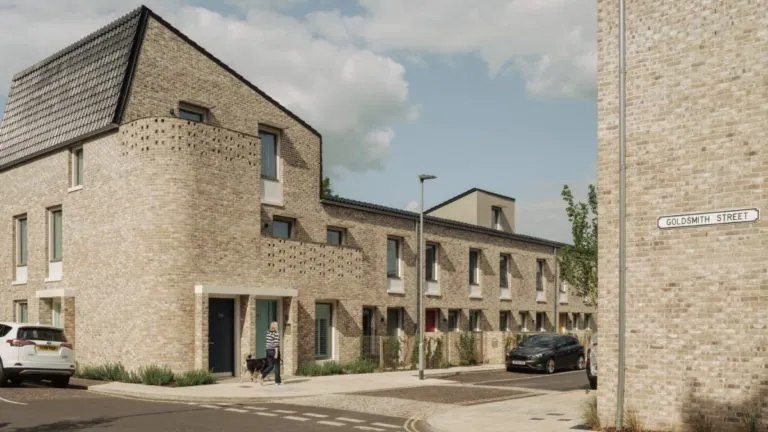Levelling Up with social housing: stop temporary accommodation becoming permanent
Published: by Andrew Soar

Previously we covered how the word ‘affordable’ in housing has started to lose all meaning. And as noted by our research team, the word ‘temporary’ is going in the same direction.
The recent National Housing Survey has found that of the 120,000 children growing up in temporary accommodation, 26,641 children are under five. There are 59,500 households in temporary accommodation – a staggering 56.8% rise from the 37,940 in 2010. And two thirds of families living in temporary accommodation have been there for more than 12 months. In London, this rises to more than four fifths.
Why is temporary becoming more permanent? There’s nowhere else for people to go.
Not replacing and increasing our social housing stock is increasing the housing benefit bill and leaving thousands in temporary accommodation. Temporary accommodation is becoming the new social housing. It’s where you end up if you can’t afford the market and the state accommodates you because there is no social housing available.
A recent report by the Public Accounts Committee stated: ‘We are concerned that the number of homes being built for social rent is not enough to meet demand. There is huge demand for social rent homes which is the only real, affordable option for many people.’
They’re not wrong. Last week the social housing waiting list was updated – it’s now up to 1.2milllion people.
And yet, every year we lose thousands more social homes than we build. So, how do we reverse this trend?
Levelling Up with Social Housing:
The Levelling Up and Regeneration Bill enters the House of Lords next month. This is a big opportunity for the government to prioritise social housing over other tenures; making sure more of the most affordable types of housing are built.
To do that, we need to help councils, make developers build their fair share, and make social housing the number one priority when new ‘affordable’ homes are built. Here’s what we’re calling for:
Making developers build their fair share of social housing:
Currently, social housing is mostly delivered by private developers who are made to build social homes as part of the agreement when they get permission to build a new development. This is a Section 106 agreement. The Levelling Up Bill wants to scrap this method, and proposes a new Infrastructure Levy. We believe this new levy must focus on delivering more social homes than the current system. However, because of the way the levy may work, it could mean there’s a loophole so social homes aren’t built as part of every development. Our amendment would close that loophole.
Building social, not ‘affordable’ housing:
Not all types of ‘affordable’ housing is affordable to those on lower wages. We believe this new Infrastructure Levy is an opportunity to make it clear that the only type of housing that is truly affordable is social housing. Our amendment would specify that social housing should be built rather than just ‘affordable’ housing.
Helping Councils build more social housing:
We need to make land cheaper so councils can build social homes. Hope value is the bizarre old rule which makes social housing really difficult for councils to build because it inflates the cost of land.
This change would also make brownfield, urban land more likely to be used to build the homes communities need. Our amendment would scrap hope value for projects that build social housing.
These changes to the Bill would prioritise social housing over other tenures, make sure more is built by developers, and help councils build more.
We understand that these changes seem quite technical, but we want to remind you of the impact a social home can have on a family. Here’s Amanda’ story.
Please watch Amanda’s video and then help us influence the Levelling Up Bill right now by emailing a Peer and asking them to support our amendments.
Photo: ©Tim Crocker 2022